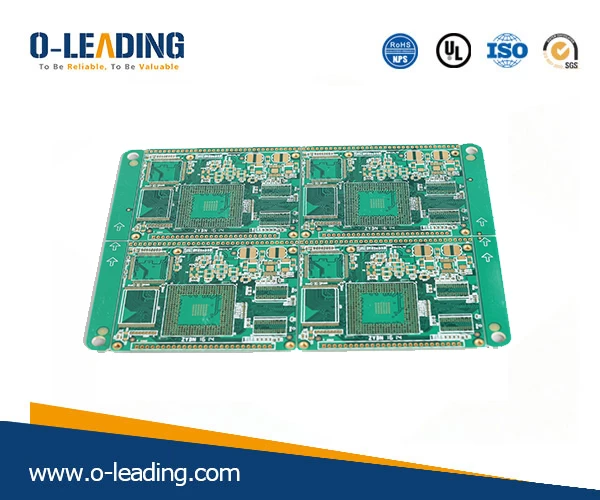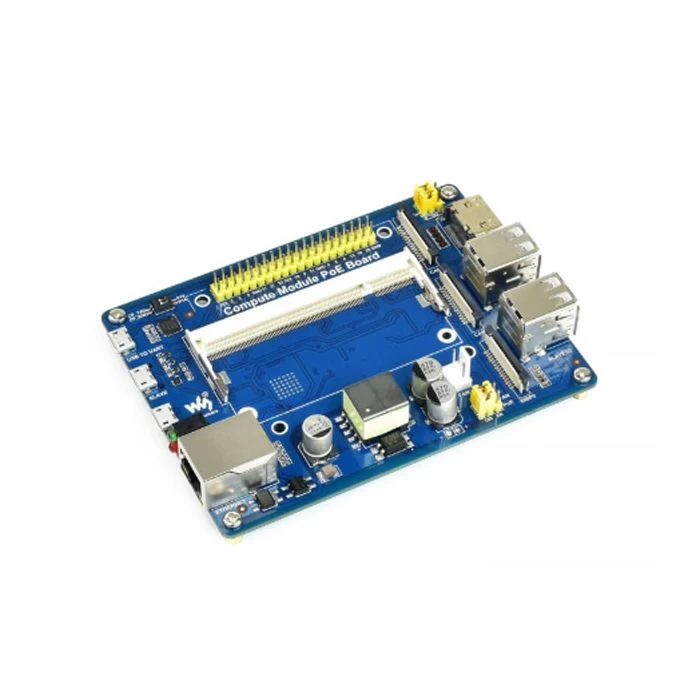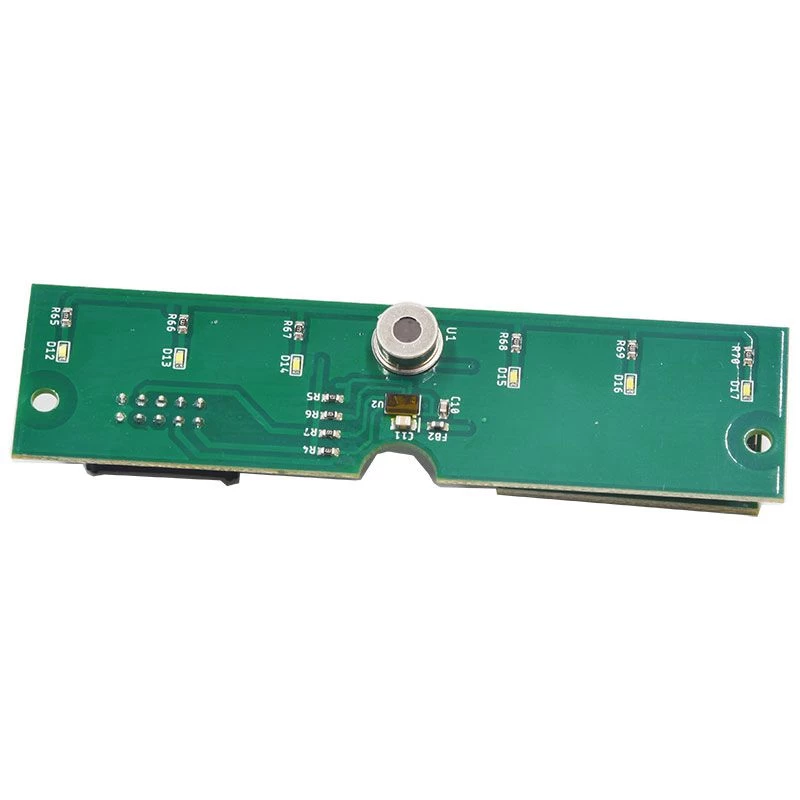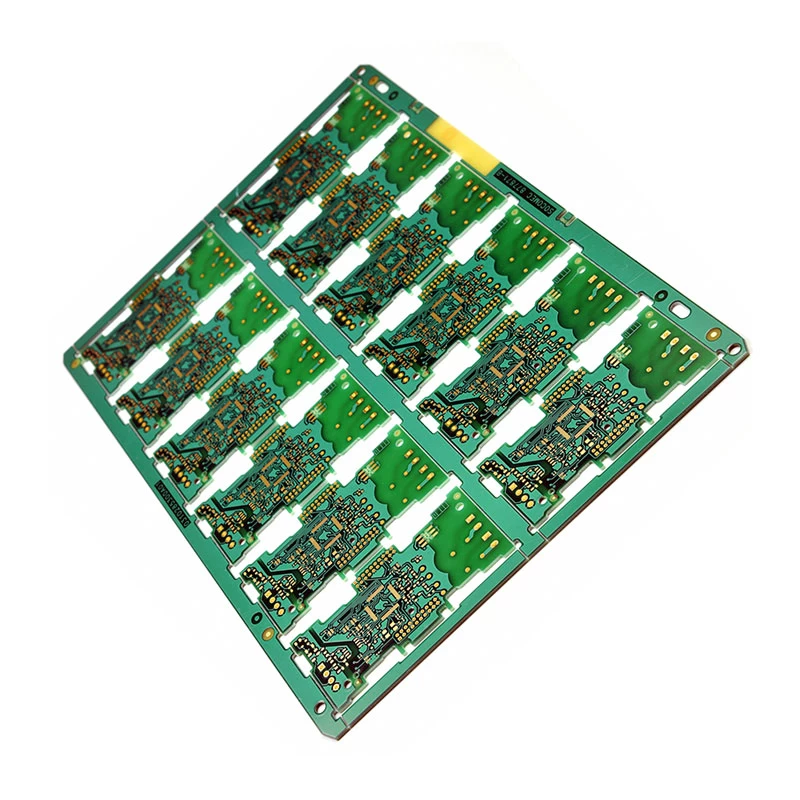why does the insulating green paint on the under-board line peel off?
There are three major possibilities for green paint shedding:
The first is that the nature of the green paint itself is not enough to withstand the tin furnace test, which may be due to the failure of the green paint to expire or the poor operation. Green paint used by the industry almost always carries out test procedures such as heat resistance and reliability. Therefore, there should be no problem with normality. In this respect, it is necessary to review whether the material itself has changed or the process has changed.

02
The second possibility may be the influence of external force, including flux supply and mechanical collision, especially in the case of high temperature, the green paint characteristics are no longer high hardness like normal temperature environment, and the green paint surface of the circuit board is subjected to any external impact. It is easy to cause scratches and peeling.

03
The third major possibility is that the board is bursting due to moisture absorption before or during storage of green paint. When the water vapor is heated and vaporized, the volume expands nearly three hundred times. The instantaneous temperature rises and the green paint softens. It is easy to cause the green paint to peel off. Such problems may occur in the tin-spraying process of circuit board fabrication, and may also occur in assembly processes such as wave soldering and reflow soldering.

04
There are several possibilities for SMPEELING after the gold:
The first one may be that the treatment in front of the copper is not ideal.
The second possibility may be insufficient drying before S/M coating.
The third possibility is that the stagnation time is too long to produce an oxide layer.
The fourth possibility is that the material of the green paint itself is not suitable for the gold process.
The fifth possibility is that the green paint is not sufficiently polymerized.
The sixth, if you do more than one high temperature process,
For example, gold or gold plating together or twice immersion gold may also occur. Because there are many possibilities, you have to do detailed analysis to clarify one by one, but in general it is very important to use the S/M category.
05
Some special green paints react slowly to UV light, requiring anaerobic and relatively high exposure energy to achieve high polymerization. If the degree of exposure polymerization is insufficient, there is no way to achieve the desired polymerization strength after subsequent baking. If you use such materials, you should clearly inform the operator to handle the method correctly, otherwise the problem will continue.
































